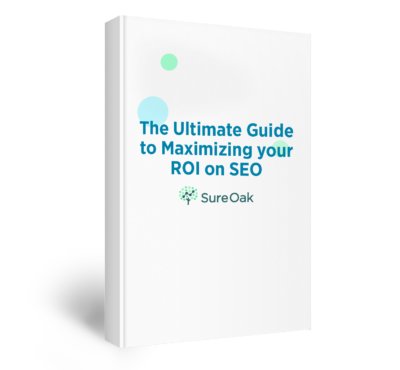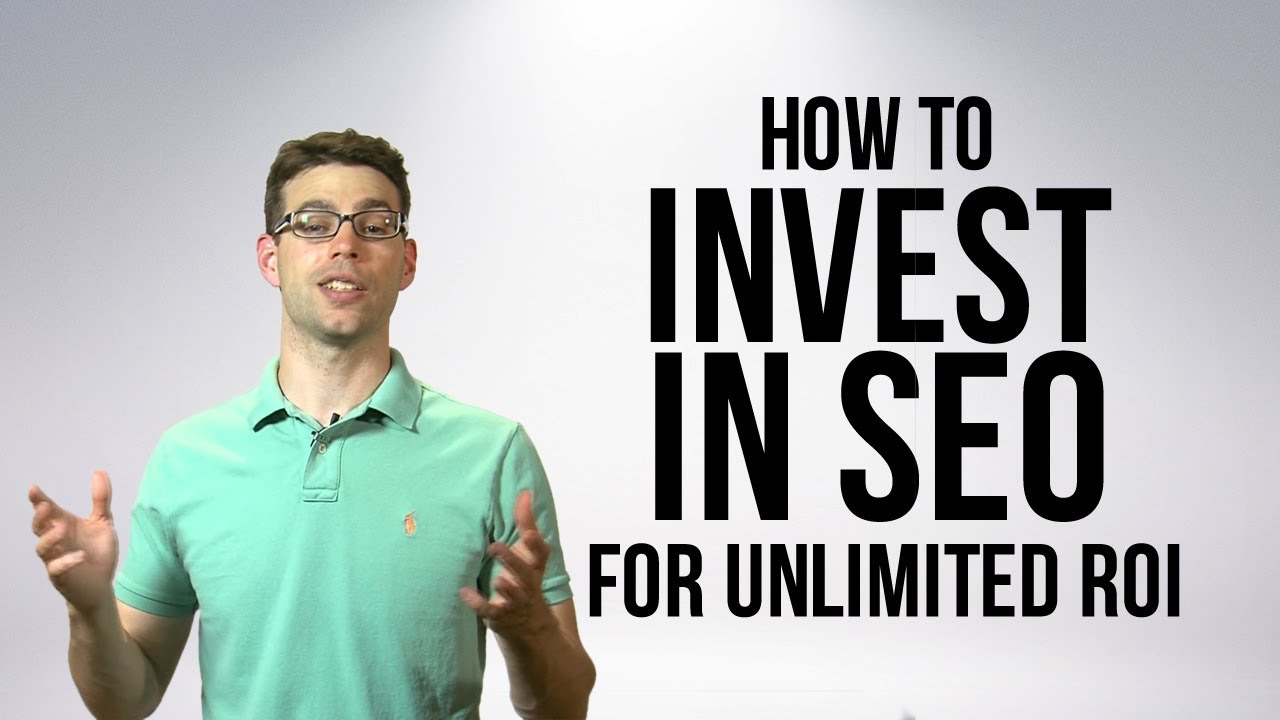How do you measure marketing success? If your answer isn’t an increase in revenue and new business, you may want to reevaluate your marketing efforts. Our new podcast host, Bryan Reynolds, sat down with the CEO and co-founder of 41 Orange, Gregg Anderson, to discuss Gregg’s methods for creating predictable and scalable revenue for his clients.
Let’s dig into their conversation to learn how you can see the same results.
Vanity Metrics and their Role in Marketing
Gregg defines vanity metrics as metrics that don’t have a high correlation to your target outcome for your marketing campaign. Here’s an example:
Imagine you just began blogging on your website and noticed page views have increased to 100,000 per month. While that may sound ideal, vanity metrics like your page views and CTR (click-through rate) will not always correspond to the amount of new business or revenue they’re actually bringing in. Simply put, if that large number of page views isn’t bringing in big conversions, it means next to nothing.
In traditional marketing, the job of the marketing agency or department is to generate leads for the sales team to attempt to convert into customers. But what happens if your marketing team takes a more hands-on role in the conversion process?
According to Gregg, potential customers in the B2B space are already 70% of the way through the decision-making process of the sales funnel before they ever get on a sales call. That means the sales call is their method of determining whether you would be a good fit, not necessarily whether they’re interested in the type of services you offer. They already know by the time they’ve reached out to your company. If your marketing team takes a more hands-on role in nurturing those leads up to, and even after, the sales call, they’re much more likely to choose your company over the competition.
This is where tracking the correct metrics is critical. Like with the blog we mentioned earlier, vanity metrics can skew the data to make you believe your marketing initiative is doing better than it actually is. Focusing on your end goal of conversions and customers is a major part of having a solid marketing funnel. The more solid your marketing funnel is, the more likely you will be to have a marketing initiative that converts.
The Biggest Sales Funnel Mistake Marketers Make
Unfortunately, having a solid marketing funnel that helps you increase your revenue isn’t as easy as you may believe. Gregg says many websites are actually missing a middle of the funnel (MOF) entry point and are relying on site visitors to reach out and contact them with questions. What these websites forget, however, is that site visitors aren’t necessarily going to reach out unless they’re ready to talk to someone about the company’s services. This is where the marketing team’s job of nurturing potential customers is most important, and according to Gregg, many companies are making a huge mistake by not taking advantage of the opportunities MOF entry points provide.
Having middle of the funnel content to offer is essential to making sure prospects are educated on what you offer and that they feel comfortable reaching out to the sales team. It’s the “Evaluation” part of the sales funnel, where prospects already know who you are and are now looking to find out what you can do for them. To answer their questions, you have to shape your content and marketing strategies according to what they’re looking for, not what you think they need.
Outbound-Led Inbound Marketing
So how can you structure your content and marketing efforts according to what your prospects are looking for? At 41 Orange, Gregg says they use a practice called “outbound-led inbound marketing.” As the name suggests, this practice is a combination of inbound and outbound marketing tactics. Like inbound, it requires you to focus on creating content that matters. What that means is it has to be something your target niche finds useful. Unlike inbound marketing, however, this practice also requires you to be proactive in getting the content you create in front of your prospective customers. This is where the outbound portion comes in.
Similar to traditional outbound marketing tactics, Gregg says outbound-led inbound marketing involves reaching out to potential clients about your company. Where the practice diverges, however, is in the types of messages you send. We’ve all received sales messages on social channels like LinkedIn, and we’ve all received annoying sales calls that have nothing to do with our interests or needs. To combat the stigma that outbound marketing is simply a method of selling to people who don’t want to hear from you, Gregg recommends sharing your content with those prospects.
Think of it this way: if you were to receive two messages, one of which is a traditional sales message and the other a message asking you to take part in a webinar, which would you be more likely to respond to?
If you said the second message, you’re like most of the individuals Gregg reaches out to for 41 Orange clients. In most cases, Gregg says, this tactic has had huge success, with conversion rates as high as 40%.
The trick is to validate your assumptions of what type of content your target customers are interested in. If you don’t validate your assumptions, you’re simply shooting into the dark. The same can be said of the metrics you track. If you’re seeing high numbers in vanity metrics like page views and CTR, but aren’t focusing on their correlation to actual sales, it’s time to reevaluate your company’s buyers’ journey.
KEY INSIGHTS
- B2B customers progress more than 70% of the way through the decision-making process of the buyers’ journey before ever speaking with a sales representative.
- Don’t just pass leads to the sales team. Nurture them and demonstrate why your company is better than the competition.
- Don’t ignore the middle of your funnel. That’s how you build your reputation as a reputable brand.
GREGG’S TAKEAWAYS
- Maintain a working relationship between your sales and marketing teams.
- Don’t be afraid to turn down opportunities if they won’t help you achieve your long-term goals.
- Don’t spread yourself too thin. You’ll be much more productive and successful if you focus on fewer business endeavors than if you take on too many and become overwhelmed.
MORE FROM GREGG
Podcast: Play in new window | Download





